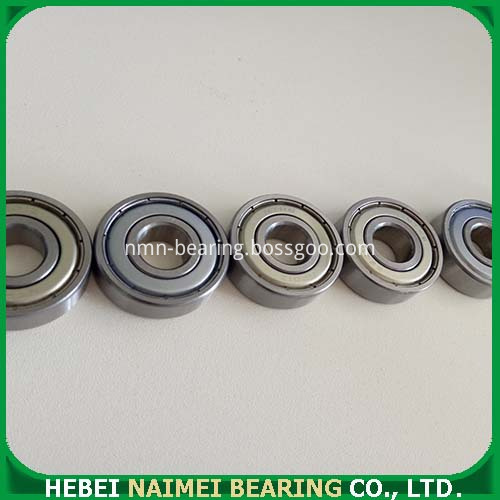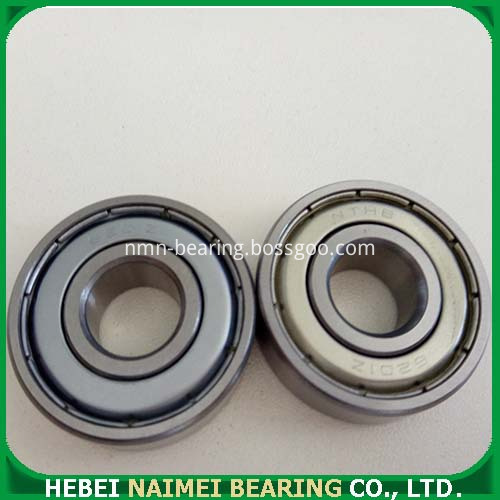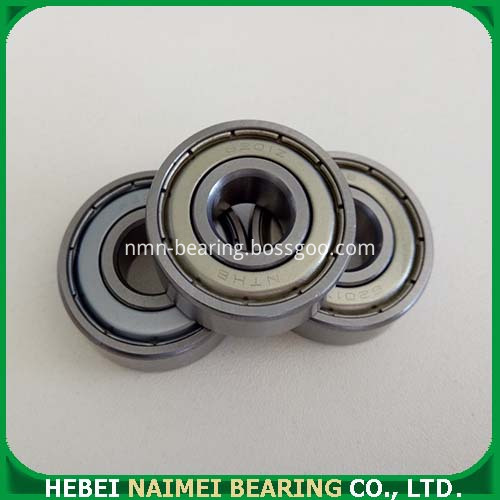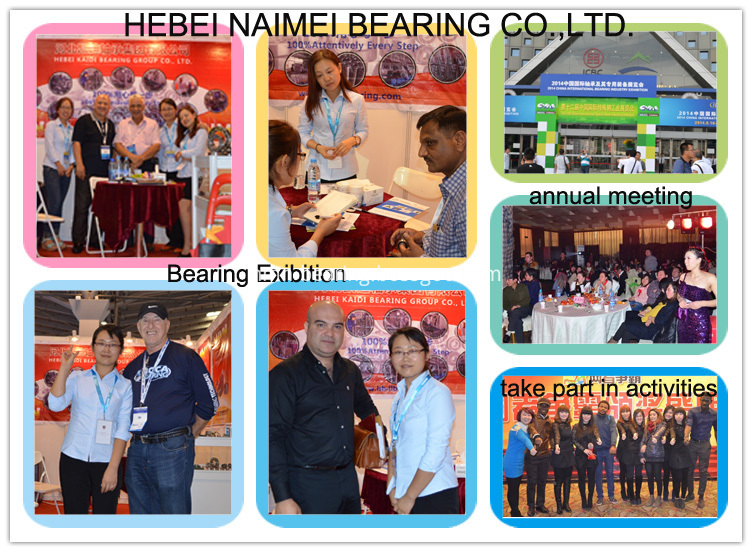In recent years, more and more countries have taken environmental protection as an important part of their economic development strategy. Through the formulation of green economic policies, they have actively promoted low carbon and green growth. "Green Printing" was developed in the late 1980s in Western developed countries such as Japan, the United States, and Germany. After more than two decades of development, "green printing" has entered the stage of practical application from the concept discussion stage. From the idea to the technical standards, equipment processes, raw and auxiliary materials, and software applications, it has grown tremendously and matured. "Green Printing" has become a new type of printing method that has been widely applied in the 21st century in Europe and America and is becoming more and more popular. In developed countries in Europe and America, "green printing" is not only the embodiment of its scientific and technological development, but also an effective means to replace traditional printing methods that generate environmental pollution and high energy consumption. Japan Printing Industry Federation in March 2010 in the World Printing and Communication Forum Council, Japan has received green standard certification of 201 printing companies. In 2002, Qu Geping, member of the National People's Congress Environmental Resources Committee, said in an interview with the media that it is necessary to legislate for China's green printing. In 2008, the State promulgated the "Circular Economy Promotion Law," which is based on the principles of reduction, reuse, and resource utilization, with the basic features of low energy consumption, low emissions, and high efficiency, and a tradition of mass production, mass consumption, and mass disposal. The economy has implemented a revolution and has fundamentally changed the way of end-of-government environmental protection. This is a major strategic plan for the implementation of the Green New Deal, a fundamental change for traditional enterprises, and a good way for traditional enterprises to return to their own lives. Chinese enterprises should actively respond to and promote the development of circular economy, use the theory and practice of circular economy to build enterprises, transform enterprises, and develop enterprises. In the summer Davos annual meeting held in Dalian in September 2009, green development became an important issue. At the forum, Premier Wen Jiabao of the State Council proposed to speed up the development of a low-carbon economy and green economy and strive to occupy the commanding heights of international industrial competition. On September 8, 2008, after being exposed to the “Oriental Morning Post†for the first time, the “Sanlu Stoned Milk Powder Incident†was brought to the attention of the leaders of the General Administration of Administration and the printing department’s business department, and caused deep concern and deep thinking. The Sanlu milk powder incident was Problems with milk powder, is it safe for packaging and printing products? The developed countries have already established the printing environmental standards for publications and food packaging, while China is still a blank. As the printing industry authorities, it is responsible for this issue. China's printing industry currently has 100,000 printing companies, more than 4 million employees, and a large industry with a total output value of more than 630 billion yuan. However, there are not many large-scale enterprises and enterprise groups with advanced technologies, and SMEs are the mainstay. In the few enterprises, traditional plate making and printing processes still occupy a large market share in China. From film and waste fixatives and baths in the plate making process, to solvent-based inks in the printing process, isopropyl alcohol fountain solution, car wash water, and to the film and oil that are still widely used in post-print finishings. Light technology, etc., have pollution problems in the environment. For example, acetic acid, methanol, nitrobenzene, oxalic acid, zinc chloride, furfural, etc. used in the pre-press plate making contain toxic chemical components. Common inks used for printing, car wash water, etc. contain heavy metals such as lead, chromium, and mercury. In 1988, the General Administration of Press and Publication stated that there are 8 poisonous and hazardous jobs in the printing industry that can retire in advance. Although it is a protection and compensation for the health and rights of employees, it must have caused some damage to health. As many printing companies still use traditional printing processes, there are still some environmental problems caused by the volatilization of organic solvents and waste water discharge in some production processes. Due to the lack of comprehensive environmental assessment methods and technical standards, professional testing organizations, high-quality talent teams, and highly efficient energy-saving alternative technologies, environmental protection printing products that directly relate to the health and safety of the broad masses of the people, especially young people, have declined. Concerning energy consumption and other aspects, there are some issues that need to arouse our high vigilance and focus on solutions. The outstanding performance is: insufficient attention to the environmental protection and safety of products in the production and processing of printed products, lack of effective management and supervision; enterprises and practitioners The people’s awareness of environmental protection is not strong, and the concept of building green creative and harmonious printing has not yet reached the people’s heart; there is no targeted development research on environmental protection technologies or products applicable to different scales and different types of printing companies; the environmental protection assessment and certification system for the printing industry and The construction of sound technical standards and information systems has lagged behind. The existence of these outstanding problems is not commensurate with China’s goal of building a resource-conserving society and the rank of the world’s third largest printing country in terms of total output value. It has also become a “green barrier†for China’s printing products and implementation of cultural industries “going outâ€. Strategies and obstacles to building a strong printing country. Solving these problems requires us to find a breakthrough, and promoting green printing is an excellent form. In January 2010, the Director General of the General Administration of Press and Publication Liu Binjie clearly stated in the report of the national press and publication work conference: “According to the binding indicators of the state’s control of greenhouse gas emissions, we should actively participate in the research and formulation of the environmental protection standards for printing and reproduction industries, and promote The use of high-efficiency energy-saving technologies and products to explore the development of new materials and new processes such as recycling of paper products, further reducing energy consumption and pollution, and creating a 'green' printing and copying industry. This has made the printing industry march toward "green printing." A mobilization order and a call.
Deep groove Ball Bearing are the most common type and are used in a wide variety of applications. Not only they are capable of supporting radial loads but also moderate axial loads in either direction. Due to their low torque, they are suitable for applications where high speed and low power loss is required. They are easy to mount and suitable for many different configurations.
Model Number
6000 series,6200 series, 6300 series, 600 series
Brand Name
NMN OR OEM
Structure
Deep Groove
Type
Ball
Bore Size
4-800(mm)
Outside Diameter
4-1150(mm)
width
1.6-155(mm)
Seals Type
OPEN, 2Z, 2RS, Z, RS
Ring Material
Chrome Steel ,Carbon steel,Stainless steel
Cage material
Nylon ,steel , brass
Clearance
C0,C2,C3,C4,C5
Vibration
Zv1,Zv2 and Zv3
Precision Rating
P0,P6,P5
Lubrication
Grease
Number of Row
Single Row
Guarantee
One year.
Application
Home appliances, low noise and high speed electric motors,
automotive components, pumps, machinery.
Certifications
ISO 9001:2000
Package
Opp bag or Plastic tube
Place of Origin
China (Mainland)
MOQ
1PCS
Service
(1) Prompt Delivery
(2) OEM
(3) Good Service Offered
(4) Buyer Label Offered
Payment Term
TT or L/C or Western Union
Port
Qingdao or Tianjin or Shanghai
Details
1,Low price
2.Low vibration
3.high rolling accuracy
Shippment:
Workshop:
Exhibition:
Deep Groove Ball Bearing Deep Groove Ball Bearing,Radial Ball Bearing,6000 Series Deep Groove Ball Bearing,6200 Series Deep Groove Ball Bearing Hebei Naimei Bearing Co., Ltd. , http://www.nmn-bearing.com
Product Show:





